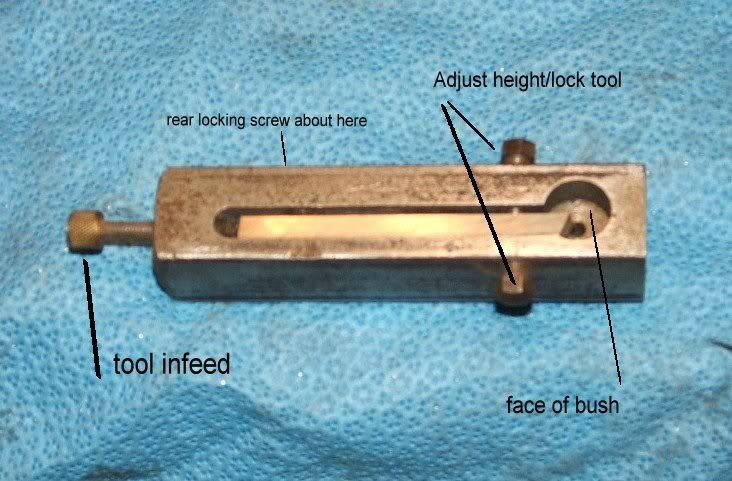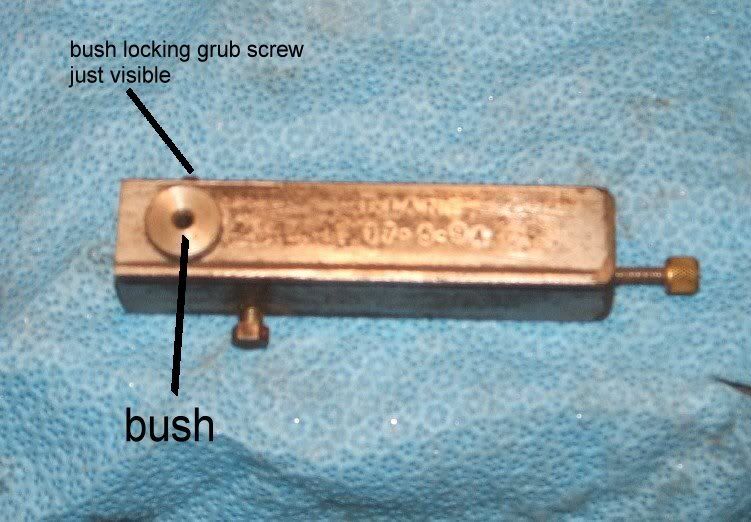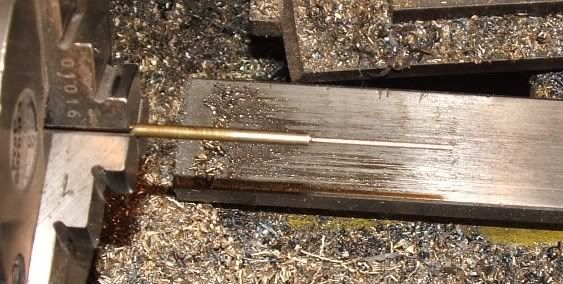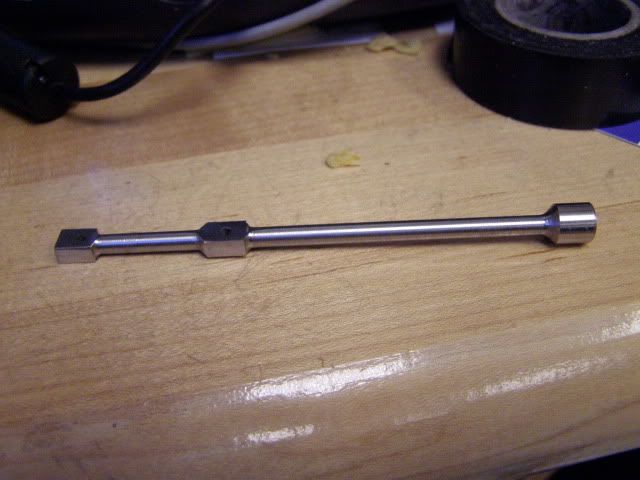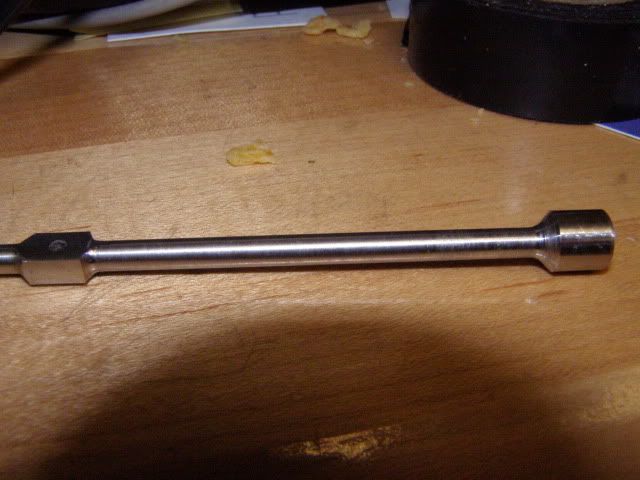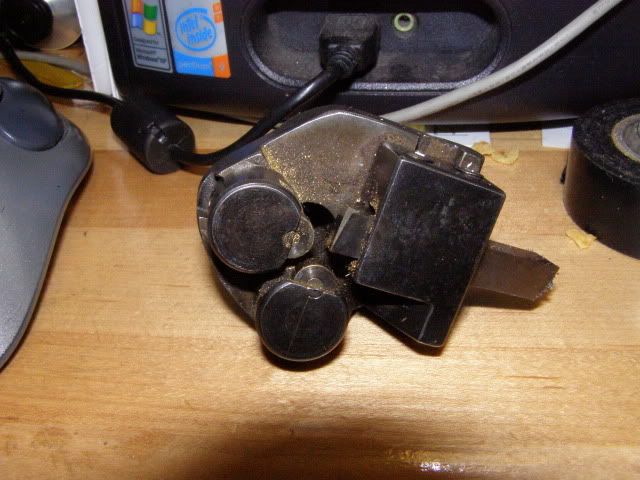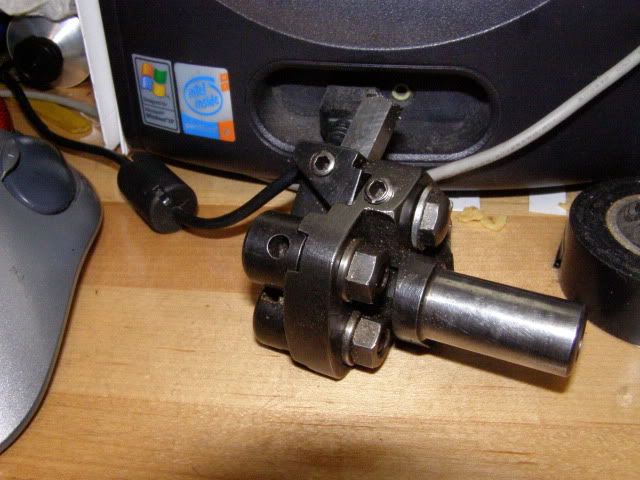I recently built Elmer's Fancy engine and while it performed well, I was unhappy with the piston. I am having trouble turning the connecting rod for this piston (it is a 0.25 inch OD rod, with a section turned down to 0.125 inch diameter, 1.25 inches long).
My lathe is large Romi 13-10. I keep having trouble with one end of the turned-down section being a larger diameter than the other end, and I can't seem to get a constant OD all the way down the turned section. I have tried doing it between centers (difficult) and also tried turning it in small steps of length (only neck down about 0.25 inch at a time) to reduce the cutting force deflecting my workpiece. However, I am still having no luck. (have tried using both HSS and indexable tooling).
Would anyone be so kind as to provide some advice?
My lathe is large Romi 13-10. I keep having trouble with one end of the turned-down section being a larger diameter than the other end, and I can't seem to get a constant OD all the way down the turned section. I have tried doing it between centers (difficult) and also tried turning it in small steps of length (only neck down about 0.25 inch at a time) to reduce the cutting force deflecting my workpiece. However, I am still having no luck. (have tried using both HSS and indexable tooling).
Would anyone be so kind as to provide some advice?






